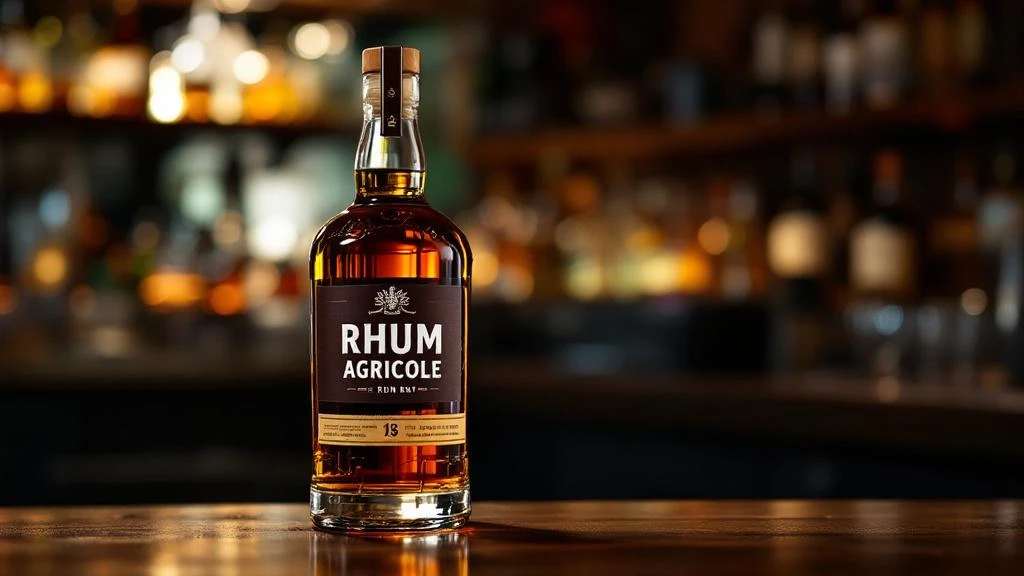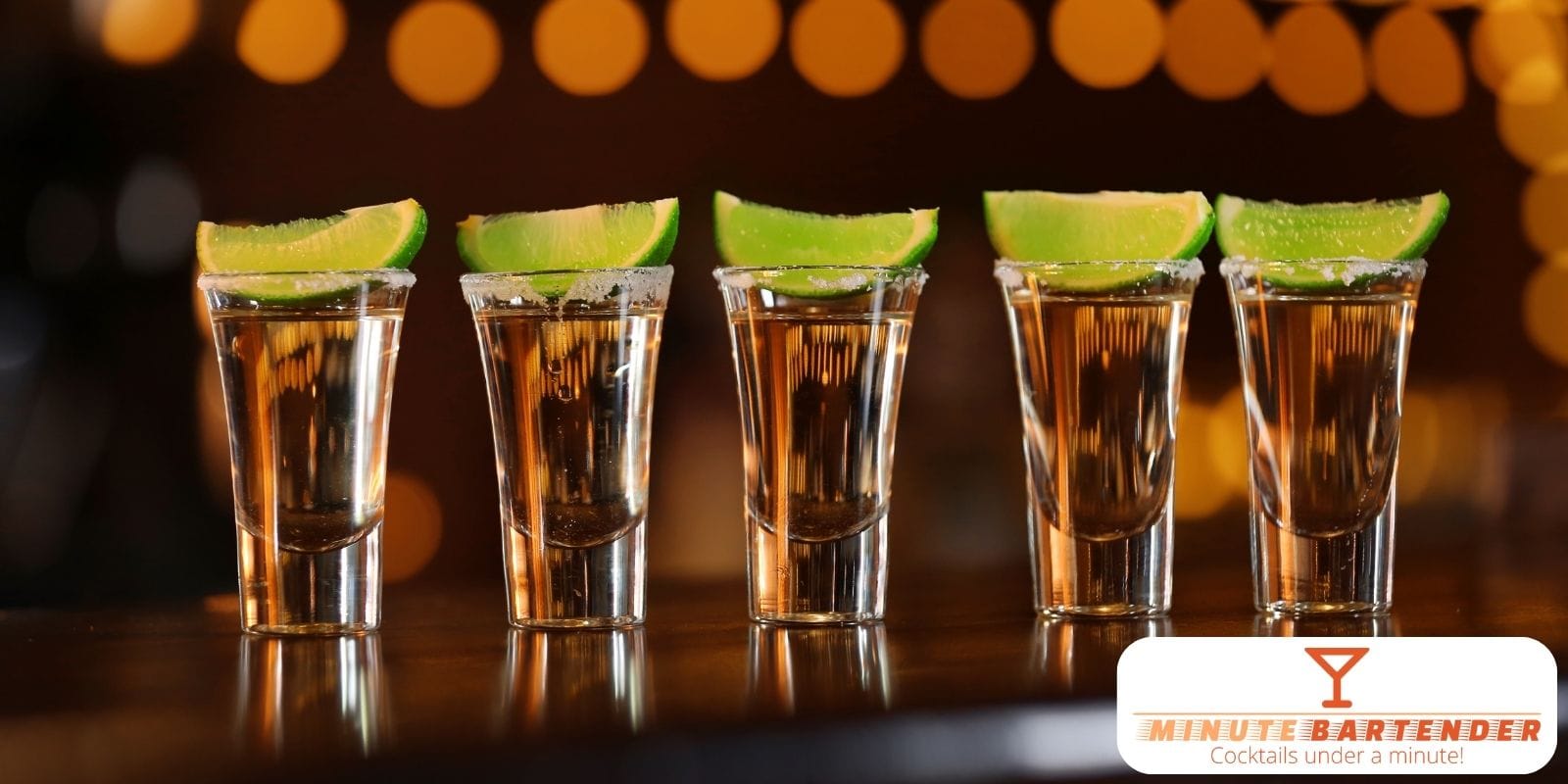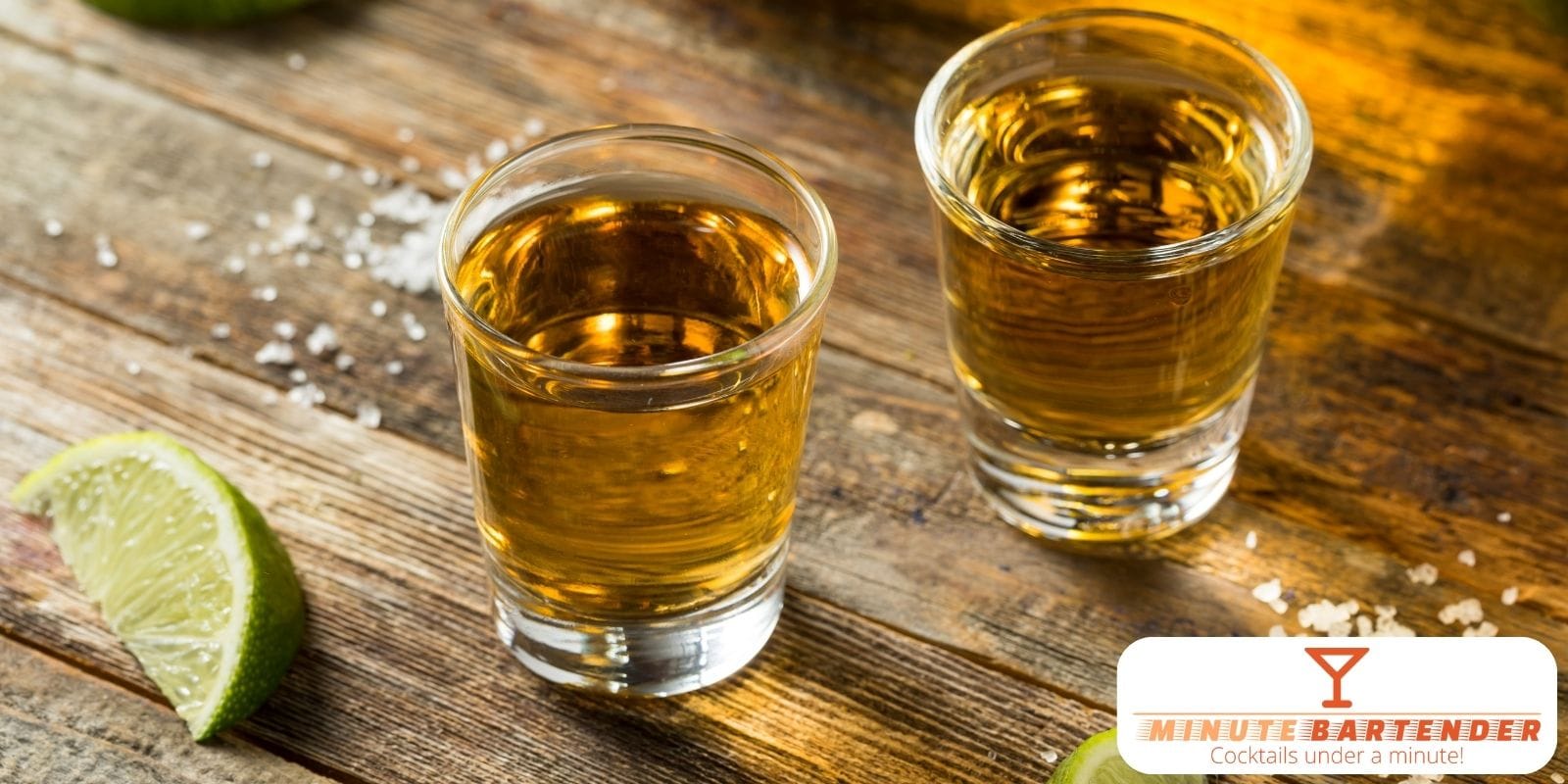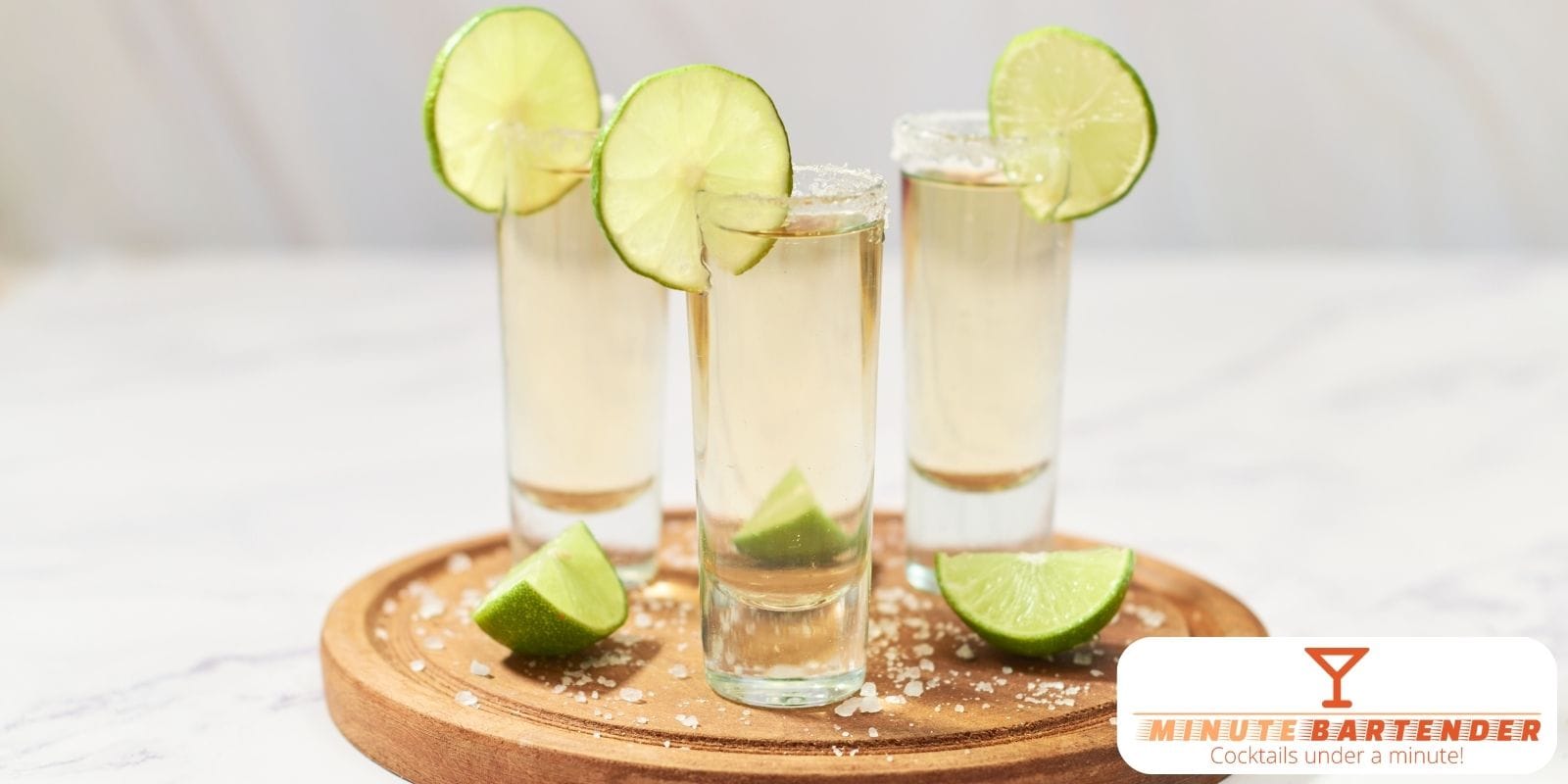Rhum agricole stands apart from every other rum style with its raw, earthy character. Made from fresh sugarcane juice instead of molasses, this French Caribbean spirit captures the true essence of the cane field. Each sip delivers grassy, vegetal notes that transport you directly to Martinique’s volcanic soil.
This isn’t your typical smooth rum. Rhum agricole demands attention with its bold, uncompromising flavors. From the moment you open a bottle, the aromatic punch hits you – fresh grass, green peppers, and mineral-rich earth all wrapped in alcohol.
What makes rhum agricole special? Everything starts with timing. Sugarcane must be pressed within 24 hours of harvest. This urgency creates a direct connection between field and bottle that no other rum category can match.
The Origins of Rhum Agricole
Sugar shaped the Caribbean for centuries. French colonies like Martinique and Guadeloupe built their economies around sugar plantations. Workers processed cane into white crystals for European markets. The leftover molasses became traditional rum.
Everything changed in 1811 when France discovered sugar beets. Suddenly, Caribbean sugar faced competition from European farms. Sugar prices collapsed. Plantation owners watched their profits disappear.
Debt-ridden sugar factories needed a solution. Instead of throwing away fresh sugarcane juice, they began fermenting it directly. This waste-not approach created rhum agricole – agricultural rum made from the plant itself rather than its byproducts.
Martinican producers of cane-juice rums made entirely in Martinique and meeting certain production standards are entitled under French law to the appellation d’origine contrôlée (French protected designation of origin) “AOC Martinique Rhum Agricole“.
The 1870s sugar crisis forced innovation. Distillers like Homère Clément, a physician-turned-producer, refined production methods. They borrowed techniques from Armagnac distillation to create a more sophisticated spirit.
In 1996, Martinique’s agricultural rum received the Appellation d’Origine Contrôlée (AOC), an official recognition guaranteeing the product’s quality and authenticity. This designation makes Martinique the only rum region with protected status similar to Cognac or Champagne.
Rhum Agricole Flavor Profile and Characteristics
Forget everything you know about rum flavors. Rhum agricole breaks all the rules.
Your first encounter will likely shock you. The aroma hits with fresh-cut grass intensity. Vegetal notes dominate – think raw sugarcane stalks, green bell peppers, and wet earth after rain.
White rhum agricole delivers the purest expression. This method imbues Rhum Agricole with a fresh, grassy, and sometimes floral character, distinctly different from the sweeter profile of molasses-based rums. The flavor profile includes:
- Grassy Notes: Fresh lawn clippings, bamboo shoots
- Mineral Character: Volcanic soil, limestone
- Herbal Elements: White flowers, green herbs
- Citrus Touches: Lime zest, unripe tropical fruits
- Peppery Finish: Black pepper, cardamom heat
Aged rhum agricole develops complexity without losing its agricultural soul. Oak aging adds vanilla, spice, and leather notes. But the cane character always shines through.
Higher proof versions (100+ proof) amplify every flavor. The alcohol doesn’t mask – it magnifies the terroir expression. Each distillery’s location creates unique flavor signatures based on soil composition and microclimate.
Global Rhum Agricole Traditions and Cultural Significance
Rhum agricole lives in the daily rhythm of French Caribbean life. In Martinique and Guadeloupe, it’s not just a drink – it’s cultural identity.
Martinique leads the world in rhum agricole production. The island’s volcanic soil and trade wind climate create perfect growing conditions. La production de rhum agricole bénéficie depuis 1996 d’une AOC “Appellation d’origine contrôlée Martinique”. Seven active distilleries maintain traditional methods while serving global markets.
Guadeloupe produces its own style with different regulations. Guadeloupe allows cane juice, cane syrup, or molasses. Martinique only allows cane juice. This flexibility creates diverse flavor profiles across the archipelago.
Haiti makes exceptional aged rhums, particularly Barbancourt. Their rums age for 4, 8, and 15 years in tropical conditions.
New World Production expands beyond the Caribbean. High Wire Distilling Co., located in Charleston, produces one of the country’s best agricoles, a gorgeous bottling from sugarcane grown from a single source in low-country South Carolina.
The Ti’ Punch remains the cultural cornerstone. Arguably the most popular drink throughout all of the French West Indies, the ti’ punch (short for petite punch) is a triumph of simplicity. Served before meals, it welcomes guests and celebrates daily moments.
Each person customizes their Ti’ Punch. There’s even a saying: “chacun prépare sa propre mort” – each prepares his own death. This personalization reflects the individual nature of rhum agricole appreciation.
Tasting and Evaluating Rhum Agricole
Rhum agricole demands different evaluation methods than molasses rum. The spirit’s intensity requires patience and proper technique.
Visual Assessment: White rhum should be crystal clear with possible silver tints. Aged versions range from pale gold to deep amber. Look for clarity – any cloudiness indicates poor filtration.
Aromatics: Take your time here. The nose tells the complete story. Swirl gently and inhale deeply. Fresh cane should dominate, followed by terroir notes specific to each distillery’s location.
Palate Evaluation: Start with small sips. The alcohol heat can overwhelm untrained palates. Look for:
- Immediate cane sweetness
- Mid-palate grass and herb notes
- Mineral backbone showing terroir
- Finish length and complexity
Proof Considerations: Contrary to what you might expect for such a high proof, there was nothing about this bottling (coming in at 59 percent ABV) that was harsh or fiery. Higher proof versions often show better flavor integration than their 40% counterparts.
Aging Assessment: Aged rhums should balance wood influence with cane character. Over-oaked bottles lose their agricultural identity. The best aged examples enhance rather than mask the base spirit.
Quality Indicators: AOC certification guarantees production standards. Look for specific distillery names rather than generic brands. Estate-grown cane typically produces superior results.
Temperature affects perception dramatically. Room temperature service reveals maximum complexity, while chilling mutes subtle flavors.
Buying Guide: Selecting Quality Rhum Agricole
Shopping for rhum agricole requires different criteria than standard rum selection. Focus on authenticity and production methods over marketing claims.
Geographic Authenticity: Martinique AOC represents the gold standard. These bottles must meet strict production requirements. Guadeloupe offers excellent alternatives with more flexible regulations.
Proof Points:
- 40% ABV: Entry-level, good for mixing
- 50% ABV: Better flavor expression, still accessible
- 55-60% ABV: Traditional strength, maximum complexity
- 100+ proof: Serious sipping, intense flavors
Price Ranges:
- Entry Level ($25-35): Saint James Blanc, Clément Blanc
- Mid-Range ($35-60): Neisson Blanc, Rhum J.M Blanc
- Premium ($60-100): Aged expressions, limited releases
- Ultra-Premium ($100+): Vintage bottlings, rare distilleries
Label Reading Tips: Look for “100% cane juice” or “jus de canne” on labels. Avoid products listing additives or colorings. Estate-grown cane creates superior terroir expression.
Storage Considerations: High-proof rhums maintain quality longer. Store upright in cool, dark conditions. Opened bottles stay fresh for years due to alcohol strength.
Seasonal Availability: Harvest seasons affect availability. Peak quality typically ships 6-12 months after harvest completion.
Top Rhum Agricole Products
The best rhum agricole bottles showcase distinct terroir and traditional production methods. Each distillery creates unique expressions of the sugarcane spirit.
- Rhum J.M Blanc: Rhum JM is celebrated for its estate-grown sugarcane and traditional production methods. Distilled at the base of Mount Pelée, this blanc shows exceptional mineral character from volcanic soil.
- Neisson Rhum Agricole Blanc: Reach for this higher-proof rhum when you want to ignite your palate with a fiery experience. Family-owned distillery producing intensely flavorful expressions from northwest Martinique.
- Clément Blanc: Clément Blanc Rhum shows a delicate scent of white flowers, herbal notes, and dry citrus on the nose. Historic distillery known for refined, approachable style perfect for newcomers.
- Damoiseau Rhum Blanc: Damoiseau Virgin Cane Rum of Guadeloupe is the mellowest of the bunch with a curiously sweet and sour composition, reminiscent of floral candies and fresh citrus. Guadeloupe’s limestone terroir creates unique mineral complexity.
- Saint James 15 Year: Aged a minimum of 15 years, this exceptional rhum from Saint James carries with it the flavors from the charred barrels it’s perfected in. Premium aged expression showing oak integration with cane character.
- Rhum J.M X.O.: Distilled at the foot of a volcano, Rhum J.M’s X.O. is aged in re-charred bourbon barrels for over ten years before being bottled and shipped out. Complex aged rum with sandalwood and leather notes.
- Père Labat 59%: Distilling on the island of Marie-Galante, Père Labat has been producing rhum since the turn of the 20th century at the island’s oldest distillery. High-proof blanc with exceptional flavor preservation.
- La Favorite: Traditional Martinique producer focusing on authentic methods. Their expressions show classic agricultural character without modern modifications.
- Trois Rivières: Known for terroir-driven bottlings that highlight specific plantation characteristics. Their cuvées showcase how location affects flavor.
- Depaz Blue Cane: Produced from blue cane, the finest variety of sugar cane, this rhum has the elegance of Cognac. Premium expression using rare sugarcane varieties.
Classic Rhum Agricole Cocktails
Rhum agricole shines in cocktails that respect its unique character. These drinks showcase the spirit’s grassy, mineral-driven flavors rather than masking them.
- Ti’ Punch: Combining just three ingredients (white rhum agricole, a little sweet in the form of sugar or cane syrup, and lime) with a joie de vivre, it’s an essential taste of the island of Martinique. The national drink of Martinique served at room temperature without ice. Each person customizes their ratio of lime, sugar, and rhum.
- Agricole Daiquiri: Substituting rhum agricole for white rum creates a more complex, earthy version of the classic. The grass and mineral notes balance beautifully with lime and sugar.
- Rhum Agricole Punch: A cocktail recipe for the Victorian-era punch featuring agricole rum, lime juice, Martinique cane syrup and allspice dram liqueur. Historical recipe showing how agricole worked in traditional punch bowls.
- Coffee & Ti’: His Coffee & Ti’ takes two liberties with the original recipe: It calls for a 10-year-old rhum agricole (the classic usually features unaged spirit) and adds coffee amaro to the mix. Modern variation using aged rhum and coffee liqueur for complexity.
- Rhum Agricole Mojito: The vegetal character of agricole pairs perfectly with fresh mint. Use less sugar than traditional mojitos – the rhum provides natural cane sweetness.
- Agricole Old Fashioned: Though the ingredients closely mirror those in the Daiquiri and Caipirinha, the character and allure of the Ti’ Punch are more akin to the Old Fashioned. Aged rhum agricole works beautifully in this template with cane sugar and orange peel.
- Rhum Agricole Mai Tai: Substituting agricole for standard rum creates a more grassy, complex version of the tiki classic. The earthy notes complement orgeat and orange curaçao.
- Planter’s Punch: Historic Caribbean punch recipe that showcases aged rhum agricole’s complexity alongside tropical fruits and spices.
Each cocktail should highlight rather than hide the rhum’s unique character. Start with established recipes, then adjust ratios to suit the specific bottle you’re using. The goal is balance – letting the agricultural soul shine through while creating delicious drinks.











